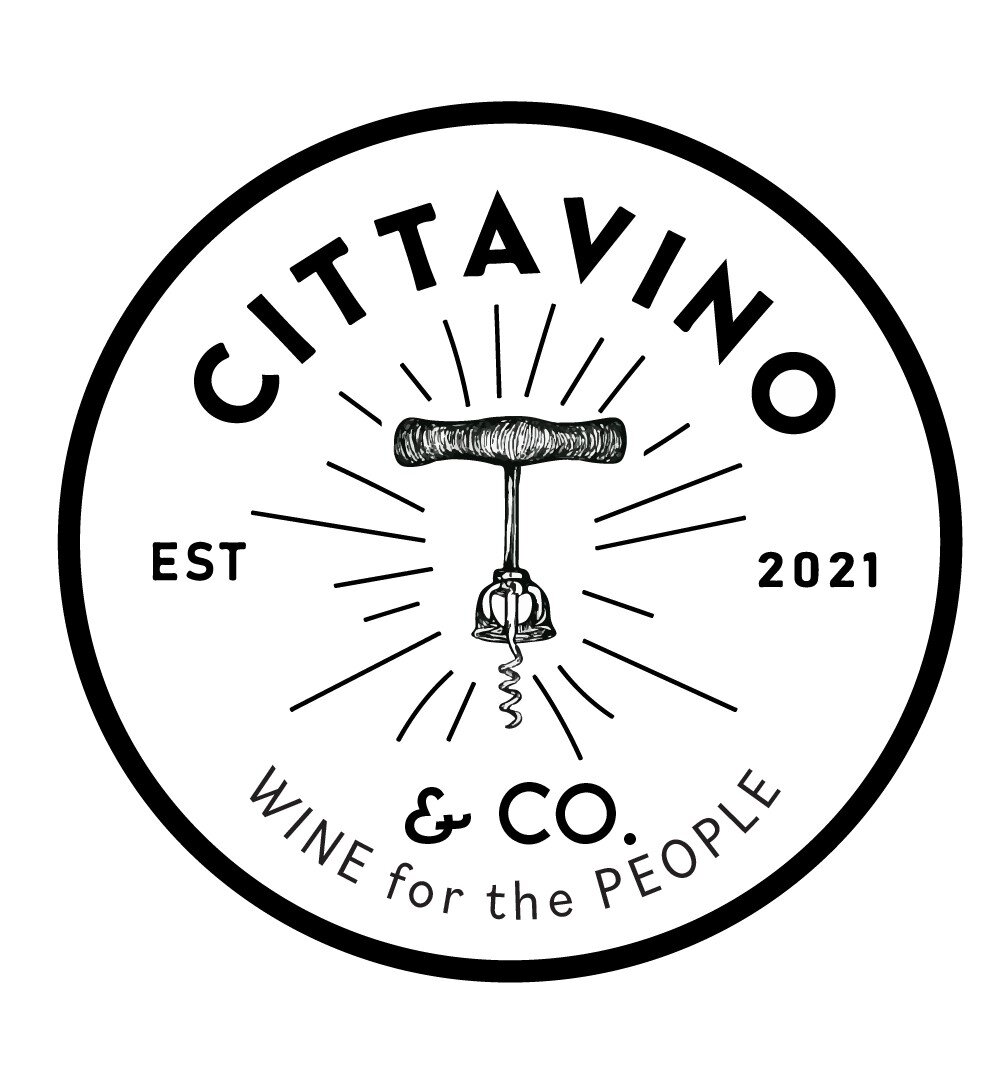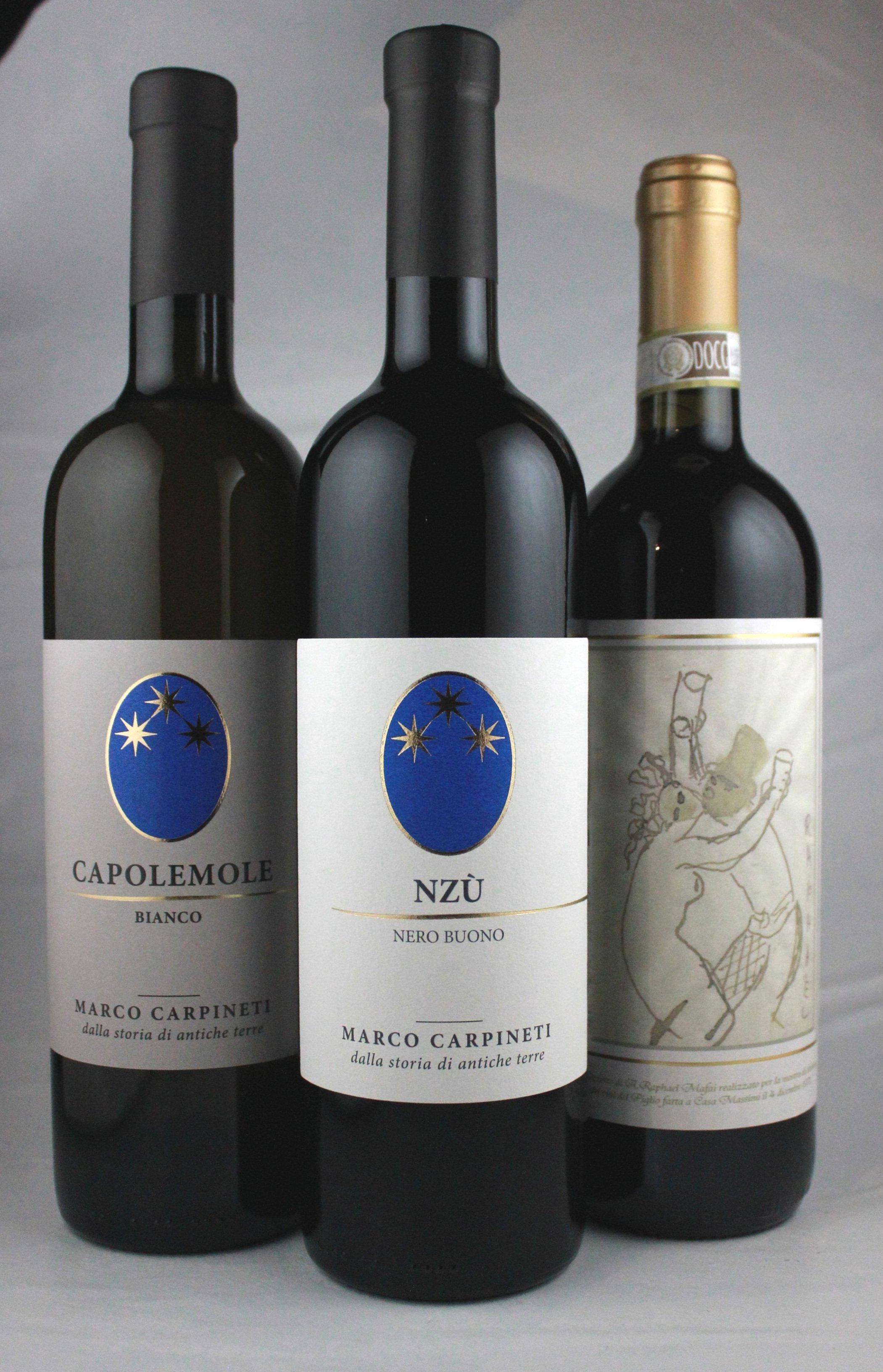MARCH is for LAZIO
Meet the producers at the forefront of organic and natural Lazio wines.
Interested in becoming a member? Check out all we have to offer.
Novellino Membership
Marco Carpineti Tufaliccio
Carpineti is a small family run operation in the town of Cori, a Medieval town in the forgotten hills of Lazio. Just about 50km outside of Rome. Herbicides, chemical fertilizers and synthetic products are not used in the estate of Marco Carpineti. Carpineti cultivates the native Lazio varieties of Greco Giallo, Bellone, Moro, Nero Buono, and Cesanese.
The Tufaliccio is a blend of old vine Montepulciano and the native Lazio variety, Cesanese. Montepulciano? You might ask. Well, yes, the grape is indigenous to the Abruzzo region, but Lazio and the Abruzzo share a border! Before Italy became a unified country in 1861, was it even really a border? While wine and cuisine is hyper specific to each region and in many cases, each town, it would be odd if there were not any cross-cultural fusions among the grapes and foods of Italy. Rather than rip up perfectly tasty old vines, Carpineti utilizes them in this ultra delish blend. This wine drinks well above its price point of $23.
Cincinnato Nero Buono
In 1947, several farmers founded the Cincinnato Cooperative in Cori, Lazio with the purpose of processing and selling their own production and supporting the progress of local agriculture. All the growers are certified organic and grape quality is regulated with a strict set of parameters. To provide stylistic consistency, all the wines are fermented with selected yeasts in temperature controlled stainless steel.
Coops do not have a great reputation in the world of wine making, but in small, rural, and remote areas (which up until recently was most of Italy), coops provide grape growers financial opportunity and community and is sometimes is the only way a farmer can see the transformation of their grapes to wine. Cincinnato has helped put the focus on native Lazio grape varieties in a responsible and economic way- all their wines retail under $20.
Damiano Ciolli Cesanese d’Affille
There are two biotypes of Cesanese, the d’Affille reigning superior. Ciolli was one of the first producers to export this minimal intervention, nuanced version of Cesanese. His production is small and focuses entirely on this singular biotype. The wine is concrete fermented and aged to further give us the opportunity to taste the grape and zone it comes from in its purity- nothing imparts flavor to this wine other than the grapes. It is a light wine, but don’t let its delicacy fool you. This wine is a perfect example of the dichotomous nature of Cesanese d’Affille: Floral but a touch earthy, brightly acidic yet smooth. Drink it with everything and everyone.
Carpineti Capolemole Bellone
The wines from the Marco Carpineti Capolemole line grow in the commune of Cori, behind the Lepini Mountains. They focus on native vines and are of only a handful of producers that make wine with the Bellone grape. In 1994, they adopted organic viticulture- herbicides, chemical fertilizers and synthetic products are not used and they have recently begun to incorporate Biodynamic practices. Bellone is native specifically to Cori. You may find it in other areas, but Cori is its undisputed spiritual home. Like the Tufaliccio, the wine is a crowdpleaser- for the aunt that drinks Pinot Grigio with ice cubes, to your Chardonnay drinker that needs a little more body, it’s a great wine to have on hand for whenever and whoever.
Carpineti ‘Nzu’ Nero Buono
Nero Buono is another native variety to Cori. The grape produces dark fruited, brambly wines that still remain light on their feet. Carpineti takes a unique approach with this wine and he ages it in amphora made from local clay! Pretty cool. Smooth and dark, but not cloyingly heavy, this wine can work well with pizza all the way to steak.
Maria Ernesta Berucci ‘Raphael’
Maria Ernesta Berucci began making wine from her family’s vineyards in 2009, and ever since she has been on our radar. She is practicing organic in the vineyards, but goes beyond and applies a biodynamic approach- she makes her own natural sprays and homeopathic remedies for the vineyards. The wine is spontaneously fermented with indigenous yeasts, and no addition of sulfites or other enzymes and additives. She only owns 3 hectares and therefore, the production is very low, what we would categorize as close to “micro production” status.
The wine is a blend of Cesanese Commune and the Cesanese d’Affile biotypes, with more focus on the d’Affile. Her approach and final products are natural winemaking at its best.


